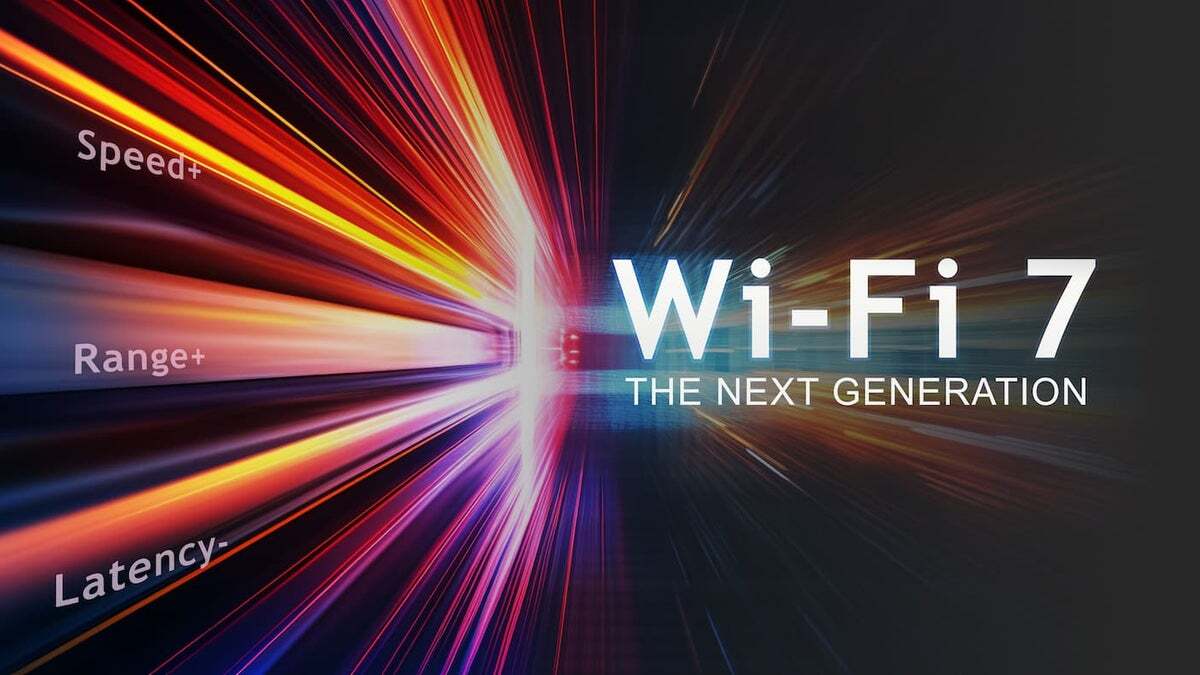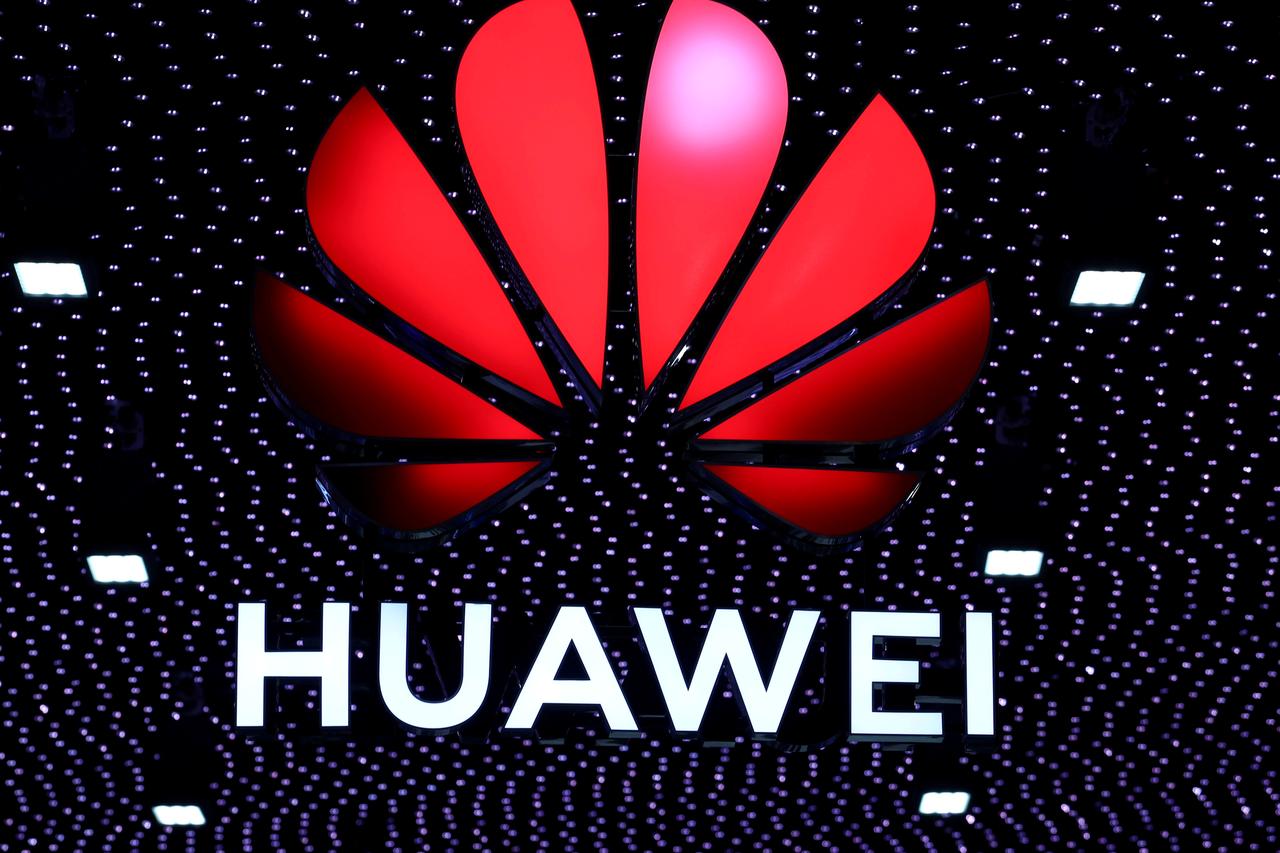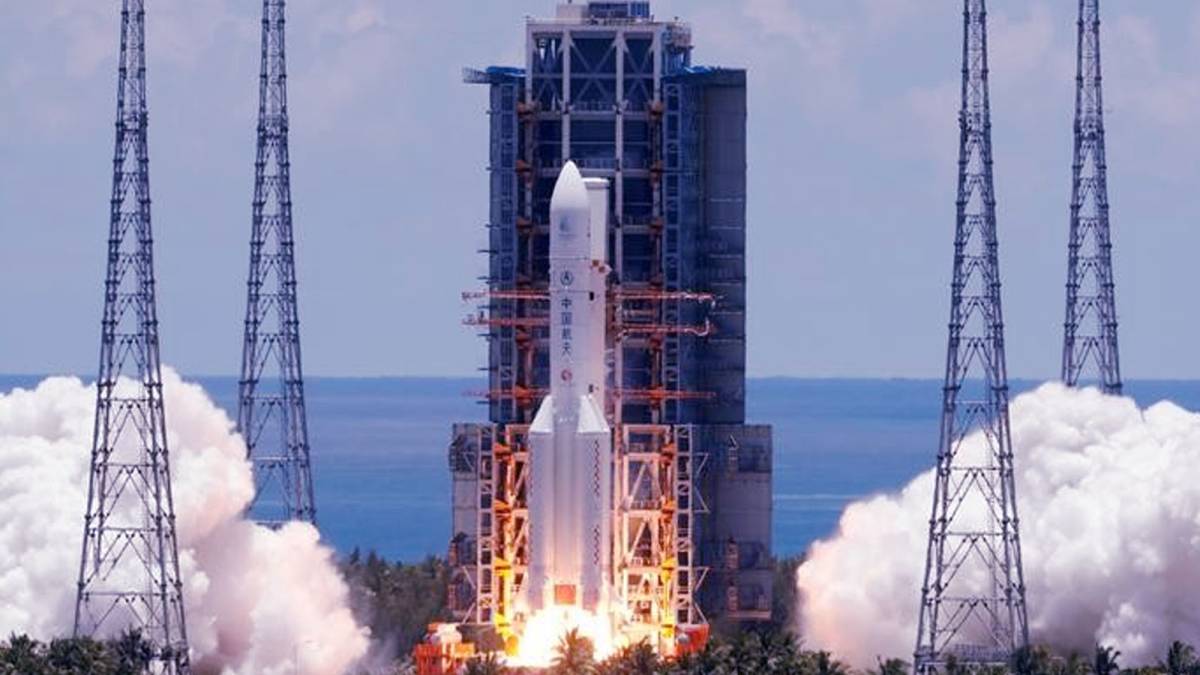PTA Approves Wi-Fi 7 in Pakistan
In a landmark decision, PTA approves Wi-Fi 7 in Pakistan by granting permission to use the 6 GHz band (5,925–6,425 MHz).
This move makes Pakistan one of the early Asia-Pacific adopters of next-gen wireless standards.
The PTA’s official post confirms approval for Wi-Fi 7 and future generations within the 6 GHz spectrum.
What Wi-Fi 7 Brings: Speed, Latency & Capacity
Wi-Fi 7 promises ultra-high data rates, minimal latency, and stable connections even under heavy load.
It will ease congestion on legacy bands. This frees up traffic and improves performance for many users.
The new standard enables applications like 8K streaming, augmented reality (AR), virtual reality (VR), and industrial automation.
Impact Across Sectors & Regions
In households, users can expect smoother video calls, faster downloads, and reliable connectivity.
Small and medium enterprises (SMEs) will run cloud services more reliably. Educational institutions can deploy remote classrooms without lag.
Healthcare centers can use advanced telemedicine tools with confidence. Smart city projects will benefit from robust IoT backbones.
Even remote communities can get better service if last-mile networks upgrade fast.
Technical & Policy Aspects
By approving Wi-Fi 7 in the 6 GHz band, PTA aligns local policy with international wireless trends.
This decision builds on earlier approval of Wi-Fi 6E. Now Pakistan moves further ahead technologically.
PTA emphasizes the approval will lower broadband delivery costs over time. That saves money for consumers.
Regulators say they want to bridge the digital divide and make connectivity more inclusive.
Opportunities & Challenges
This step opens opportunities for device makers, ISPs, and startups. New routers, modems, and network gear will flood the market.
Service providers can enhance offerings—tiered speeds, premium connectivity, and enterprise packages.
However, infrastructure must catch up. Many areas need fiber, backbone upgrades, and better last-mile links.
Affordability remains a challenge. High device costs may limit access in low-income areas.
Regulation and standardization must stay strong to prevent misuse or spectrum conflict.
Regional & Global Competitiveness
With this approval, PTA approves Wi-Fi 7 in Pakistan puts the country on par with advanced digital economies.
Early adoption gives Pakistan a competitive edge in regional tech investment. Global firms may see Pakistan as forward-looking.
Asia-Pacific peers will watch closely how Pakistan deploys, regulates, and scales Wi-Fi 7 networks.
Timeline & Rollout Expectations
The PTA and tech stakeholders will soon publish rollout plans.
We can expect pilot deployments in major cities first: Karachi, Lahore, Islamabad.
Device certifications, lab testing, and standard compliance checks must follow.
In the near term, we will see Wi-Fi 7 routers, access points, and network gear entering the local market.
What Users Should Know
Users should look for 6 GHz support when choosing new routers.
Upgrade only when needed—existing Wi-Fi 6/6E gear will continue working.
Service providers may announce new high-speed packages tuned for Wi-Fi 7.
Consumers should compare latency, throughput, and reliability in real use.
Why This Matters
By approving Wi-Fi 7, PTA embraces a future where connectivity is essential infrastructure.
This upgrade supports Pakistan’s vision for a digital economy that is inclusive and growth-oriented.
It will drive innovation across tech, education, health, smart cities, and beyond.
If Pakistan executes well, it may lead regional connectivity transformation.







